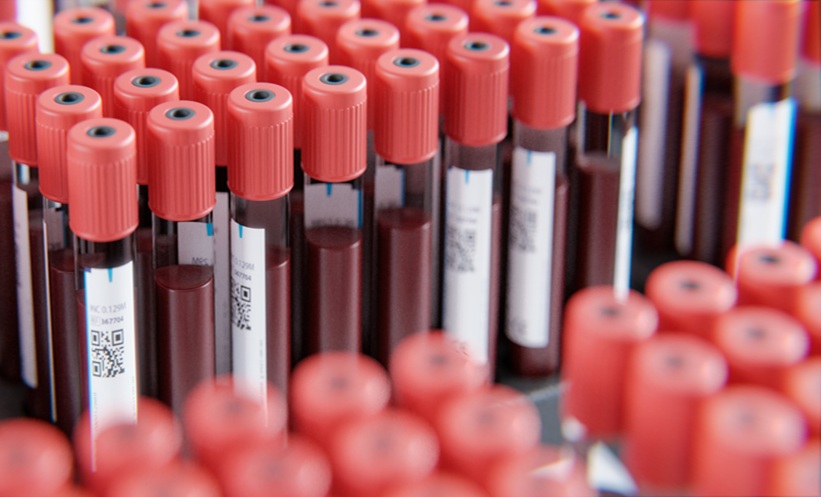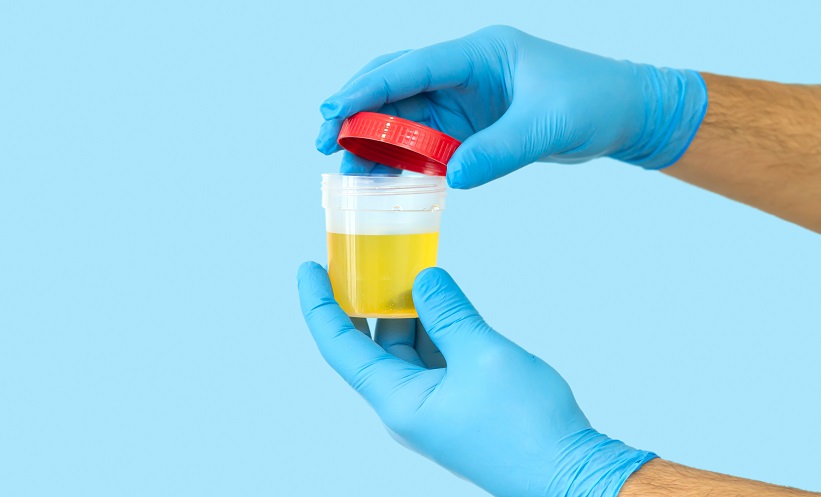Abstract
Measuring the hyaluronan-binding ability of spermatozoa is useful in predicting the ability of spermatozoa to fertilise oocytes during in vitro fertilisation (IVF). Recent publications discuss an influence of micronutrients on sperm quality. The objective of this paper was to evaluate the effect of a non-prescription nutraceutical containing eight micronutrients on sperm-hyaluronan binding assay (SHBA) values among males with idiopathic sub-/infertility, using an open comparative pilot study. The study took place at the Outpatient Fertility Centre IMI, Vienna, Austria, and involved 67 sub-/infertile males. Sub-/infertile males were invited to participate and take two daily capsules of the active compound for a 3-month period between the first and the follow-up semen analysis. Each capsule contained L-carnitine, L-arginine, zinc, vitamin E, glutathione, selenium, coenzyme Q10 (CoQ10), and folic acid (Profertil®). 40 sub-/infertile men receiving no active treatment served as controls; this was measured by change in SHBA after 3 months. It was found that SHBA values significantly increased after 3 months of treatment with the active compound, from a median baseline value of 56.0% to 74% (p<0.05). This represented a 19.7% increase compared to baseline, which was significantly higher than the 2.1% decrease observed in the control group. The rate of subjects displaying an increase in SHBA values after 3 months was significantly higher in the active group (74.6% versus 30.0%, p=0.0001), which showed that sub-/infertile men treated with the active micronutrient compound displayed increased SHBA ability. However, more research is necessary to get detailed information on this specific subject.
Please view the full content in the pdf above.







